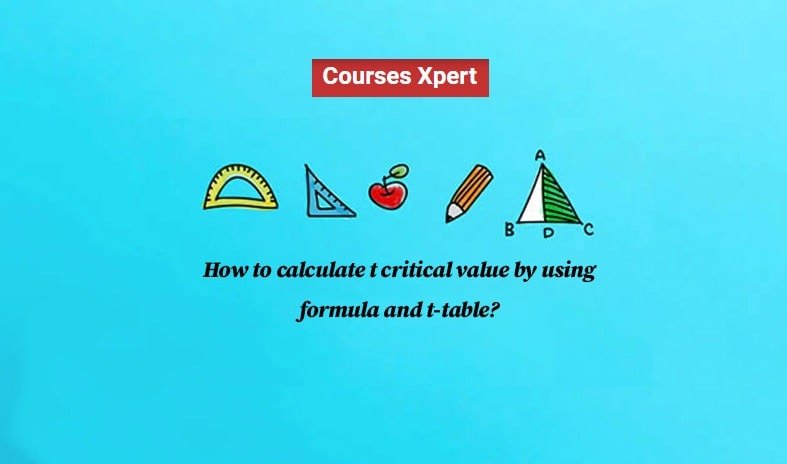In today’s digital age, video marketing has become an essential tool for businesses to reach and engage with their target audience. With the increasing popularity of platforms like YouTube, Instagram, and TikTok, videos have emerged as a powerful medium to convey messages, promote products, and build brand awareness.
However, creating effective video marketing campaigns requires more than just pointing a camera and hitting a record. To truly harness the potential of video marketing, it is crucial to have a well-thought-out strategy in place. This article aims to provide you with the best tips and practices to develop an effective video marketing plan.
Best Tips to Develop an Effective Video Marketing Plan
1. Start with a Clear Plan
Before diving into the world of video and digital marketing, it is essential to have a clear plan in mind. Define your goals and objectives. Do you want to increase brand awareness, drive traffic to your website, generate leads, or promote a specific product or service? Understanding your objectives will help you shape your video content and ensure that it aligns with your overall marketing strategy.
Additionally, identify your target audience. Who are you trying to reach with your videos? What are their preferences, interests, and pain points? Conducting thorough research and creating buyer personas can provide valuable insights into your audience’s needs and help you tailor your videos to resonate with them.
2. Craft Your Budget
Video marketing can range from simple, low-budget productions to elaborate, high-end productions. It is important to determine how much you are willing to invest in your video marketing efforts. Consider expenses such as equipment, hiring a videographer or video production team, post-production editing, and marketing and distribution costs.
Even if you have a limited budget, don’t let it discourage you. With advancements in technology, it is now possible to create compelling videos using smartphones and affordable equipment. Focus on delivering quality content that resonates with your audience, rather than solely relying on expensive production values.
3. Choose Where to Host Your Videos
Once you have created your videos, you need to decide where to host them. YouTube is the second-largest search engine after Google and offers vast exposure to a wide audience. It is an excellent platform for reaching a global audience and boosting your video’s visibility through search engine optimization (SEO).
Alternatively, social media platforms like Facebook, Instagram, and TikTok have also become popular video-sharing platforms. These platforms offer unique features and demographics, allowing you to target specific audiences based on their interests and behaviors. Consider your target audience and the platform’s strengths and features when deciding where to host your videos.
4. Determine Types of Videos You Want to Create
There are various types of videos you can create to engage your audience and convey your message effectively. Some popular video formats include:
- Explainer Videos: These videos aim to explain your product or service in a concise and engaging manner.
- Product Demonstrations: Showcase how your product works and highlight its unique features and benefits.
- Testimonials and Case Studies: Feature satisfied customers sharing their positive experiences with your brand.
- Behind-the-Scenes: Give your audience a glimpse into your company culture, events, or product development process.
- Educational Videos: Share valuable knowledge, tips, or tutorials related to your industry to position your brand as an expert.
- Live Videos: Interact with your audience in real-time, answer their questions, and provide a more authentic experience.
Determine which types of videos align with your goals and resonate with your audience. Mixing different video formats can help keep your content fresh and engaging.
5. Develop Your Video Script
A well-crafted video script is the backbone of any successful video marketing campaign. It ensures that your message is conveyed clearly and concisely, keeping your audience engaged throughout. When writing your script, consider the following tips:
- Start with a captivating hook: Grab your viewers’ attention right from the beginning with a compelling opening line or scene. This will entice them to continue watching and engage with your video.
- Keep it concise and focused: Videos should be concise and to the point. Avoid unnecessary fluff and stick to the main message you want to convey. Remember that attention spans are short, so keep your videos between 1-3 minutes whenever possible.
- Use storytelling techniques: Storytelling is a powerful tool in video marketing. Craft a narrative that connects with your audience on an emotional level. Use relatable characters, relatable situations, and a clear conflict and resolution to keep viewers engaged and invested in your message.
- Incorporate visuals and graphics: Visual elements such as images, graphics, and animations can enhance the storytelling experience and make your video more engaging. Use relevant visuals that support your message and help clarify complex concepts or data.
- Include a call to action (CTA): A CTA is a vital component of any video marketing campaign. Clearly state what action you want viewers to take after watching your video. Whether it’s visiting your website, subscribing to your channel, or making a purchase, a well-placed CTA can drive conversions and help achieve your marketing goals.
6. Shooting and Editing
Once you have your script ready, it’s time to bring it to life through shooting and editing. Depending on your resources and budget, you can choose to hire a professional videographer or use your smartphone and affordable equipment.
When shooting your videos, pay attention to lighting, sound quality, and framing. Good lighting ensures that your video looks professional and visually appealing, while clear audio is crucial for delivering your message effectively. Experiment with different angles and shots to add visual interest and variety to your videos.
After shooting, it’s time to edit your footage. Video editing software provides tools to trim, arrange, and enhance your video clips. You can also add transitions, text overlays, music, and other effects to make your videos more engaging. If you don’t have access to professional editing software, there are online video editor tools available that offer a user-friendly interface and basic editing features.
7. Optimize Your Videos for Ranking
To ensure your videos reach a wider audience, it’s important to optimize them for search engines. Similar to optimizing web pages for SEO, video SEO involves using relevant keywords in your video title, description, and tags. Conduct keyword research to identify the terms and phrases your target audience is searching for and incorporate them strategically into your video metadata.
Additionally, provide accurate and detailed descriptions of your videos to help search engines understand their content. Add relevant tags to categorize your videos and make them more discoverable. It’s also beneficial to include transcripts or subtitles in your videos to improve accessibility and make them searchable by search engines.
8. Promote Your Video and Include a Call to Action
Creating a high-quality video is just the first step. To maximize its impact, you need to promote it through various channels. Share your videos on your website, social media platforms, email newsletters, and relevant online communities. Collaborate with influencers or industry experts who can help amplify your video’s reach. Encourage viewers to share your videos with their networks by including social sharing buttons and asking for engagement in the form of likes, comments, and shares.
Don’t forget to include a compelling call to action at the end of your video. This can be a reminder to visit your website, subscribe to your channel, follow you on social media, or take advantage of a special offer. A clear and enticing CTA can drive conversions and turn viewers into loyal customers.
Conclusion
Video marketing has become an essential strategy for businesses looking to engage their audience, increase brand visibility, and drive conversions. By following the best tips mentioned above, you can develop an effective video marketing plan that aligns with your goals and resonates with your target audience.
Start by having a clear plan and understanding your objectives. Craft a budget that suits your resources and explore different hosting platforms to reach your target audience effectively. Determine the types of videos that best convey your message and engage your viewers. Develop a well-crafted video script that grabs attention and maintains interest throughout the video.
When it comes to shooting and editing, pay attention to lighting, sound quality, and framing to create visually appealing videos. Utilize video editing software or online tools to enhance your footage, add effects, and create a polished final product.
Optimize your videos for search engine ranking by incorporating relevant keywords, detailed descriptions, tags, and transcripts/subtitles. This will improve visibility and increase the chances of your videos being discovered by your target audience.
Promotion is key to maximizing the impact of your videos. Share them across various platforms, collaborate with influencers, and encourage engagement from your viewers. Lastly, include a compelling call to action that guides your viewers to take the desired action, whether it’s visiting your website, subscribing, or making a purchase.
Video marketing can be a game-changer for your business, allowing you to connect with your audience on a deeper level and stand out in a crowded digital landscape. By implementing these strategies and continuously analyzing and refining your approach based on viewer feedback and metrics, you can develop an effective video marketing plan that drives results and helps you achieve your marketing goals.
So, if you’re ready to harness the power of video marketing, start by learning the best practices and techniques outlined in this article. With the right strategy and execution, you can create compelling videos that captivate your audience, boost brand awareness, and drive meaningful engagement and conversions.

Rahul Kumar is a passionate educator, writer, and subject matter expert in the field of education and professional development. As an author on CoursesXpert, Rahul Kumar’s articles cover a wide range of topics, from various courses, educational and career guidance.




